Article: Gamification of Education
Authors: Wendy Hsin-Yuan and Dilip Soman (Rotman School of Management: University of Toronto)
Overview
This article was of particular interest in regards to how the concept of ‘gaming’ has evolved from the simple act of ‘playing and entertainment’ at a personal level to one with even deeper commercial and educational connections.
The corporate/business world was among the first to best realize/appreciate that the gamification of products and/or services readily enhanced customer engagement, loyalty and ultimately sales.
The business of ‘education’ was not far behind this connection as the proliferation of ‘learning games’ clearly shows…
The article strives to define gamification, explain its application in educational settings, and reviews successful implementations.
It resonates with the ‘keep it real and fun’ mantra that Darren soap boxes to various audiences from time to time.
No real connection to the masters project (District Digital Hub) just a neat connection piece that relates to my personal outlooks on education.
So….What is Gamification?
Gamification is used to increase engagement and motivation in various fields, including education.
Gamification involves applying game elements in non-game contexts to influence behavior.
A popular initiative that demonstrates this concept was the Volkswagen’s Piano Staircase. Specifically, the ability to demonstrate gamification’s potential to change behavior through fun.
The concept has been applied in a broad based manner effecting areas such as:
- Undergraduate Education: JFDI Academy at the National University of Singapore used gamification to improve student engagement and performance.
- Consumer Education: Healthcare University by Capital BlueCross used gamification to educate consumers about healthcare choices.
- Corporate Training: Deloitte Leadership Academy applied gamification to increase engagement in executive training programs.
- Financial Literacy: PlayMoolah taught children financial literacy through a gamified online platform.
- Social Responsibility: Recyclebank encouraged environmentally friendly behaviors through a points and rewards system.
Applying Gamification in Education
- Five-Step Process:
- Understanding the Target Audience and Context: Analyze the students and the educational environment.
- Defining Learning Objectives: Set clear goals for what students should achieve.
- Structuring the Experience: Break down the learning program into stages and milestones.
- Identifying Resources: Determine the tools and resources needed for gamification.
- Applying Gamification Elements: Use game mechanics like points, badges, and leaderboards to enhance learning.
Findings
Gamification can transform traditional learning by increasing motivation and engagement.
This is not a bad thing by any stretch from my perspective. Great effort is made to make education real and relevant in the context of the programs and initiatives delivered via career programs.
If you can add ‘fun and realistic’ to the mix then we are firing on all cylinders.
Very much a constructivist approach: A quick ‘Microsoft Co-Pilot” recap of the key points about constructivism:
- Active Learning: Learners actively engage with the material, often through hands-on activities and real-world problem-solving
- Social Interaction: Learning is often a social activity, where interaction with others helps to construct knowledge
- Personal Meaning: Learners construct their own meaning based on their experiences and interactions
One important caveat — Implementing gamification requires careful planning and should complement, not replace, traditional teaching methods.
Professional Connection to the Article
Applying Gamification in Education
How the Pieces Connect: Theory to Practice

Understanding the Target Audience and the Context: Provide G10 to G11 students the introductory educational content specific to aviation as potential career path.
Defining Learning Objectives: Develop student skillset and knowledge base in order to support the completion of the ground school certification process.
Structuring the Experience: A blend of theory (classroom based) and practical application via the flight simulators. – stages and milestones
Identifying Resources: Instructional resources (digital and physical) to support theory based instruction to complement the physical training aids (flight simulators).
Applying Gamification Elements: Utilize off the shelf gaming software, in this case; Microsoft flight simulator, to provide a virtual environment for students to develop flight skills.

Reference List
Huang, W. H.-Y., & Soman, D. (2013). A practitioner’s guide to gamification of education. Rotman School of Management, University of Toronto.
Supplementary Reference List & Resource Links
Hamari, Juho., & Koivisto, J. (2014). Does Gamificaiton Work – A Literature Review of Empirical Studies on Gamification. School of Information Sciences, Universtiy of Tempere.
Gamification, What It Is, How It Works, Examples – Educational Technology Teaching & Learning: Click Here for Website
Understanding Gamification in Education: Key Insights – Immerse Education: Click Here for Webiste
10 Gamification in Education Ideas to Make Learning Fun – University of San Diego: Click Here for Website

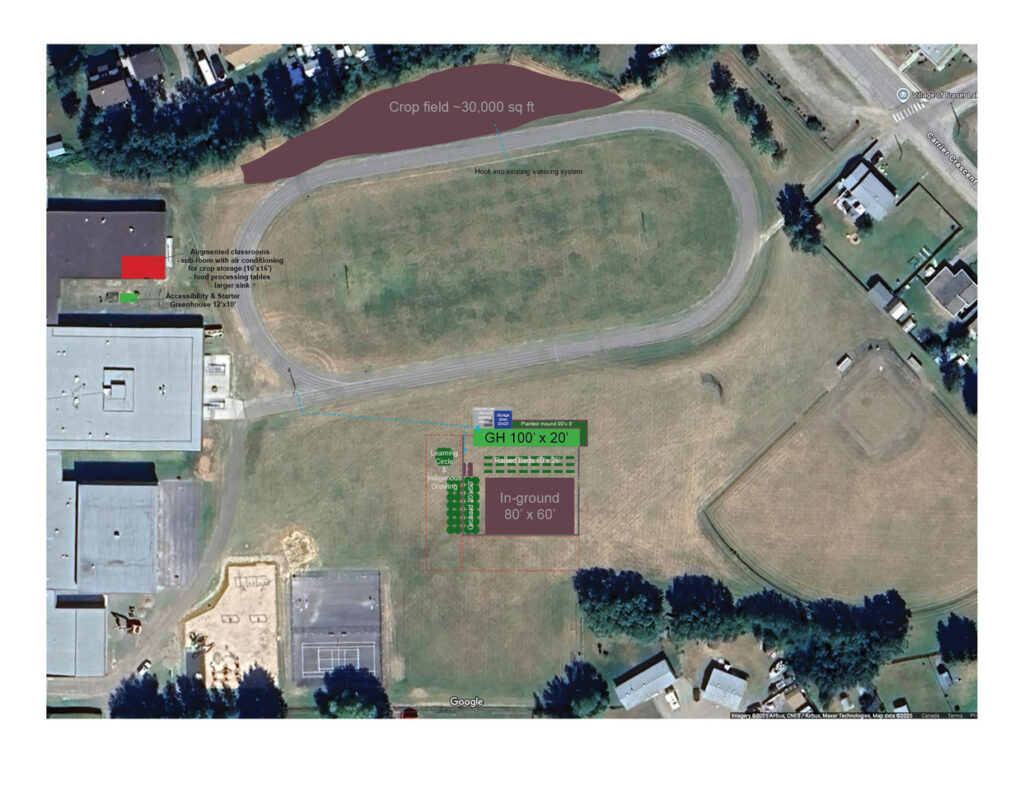
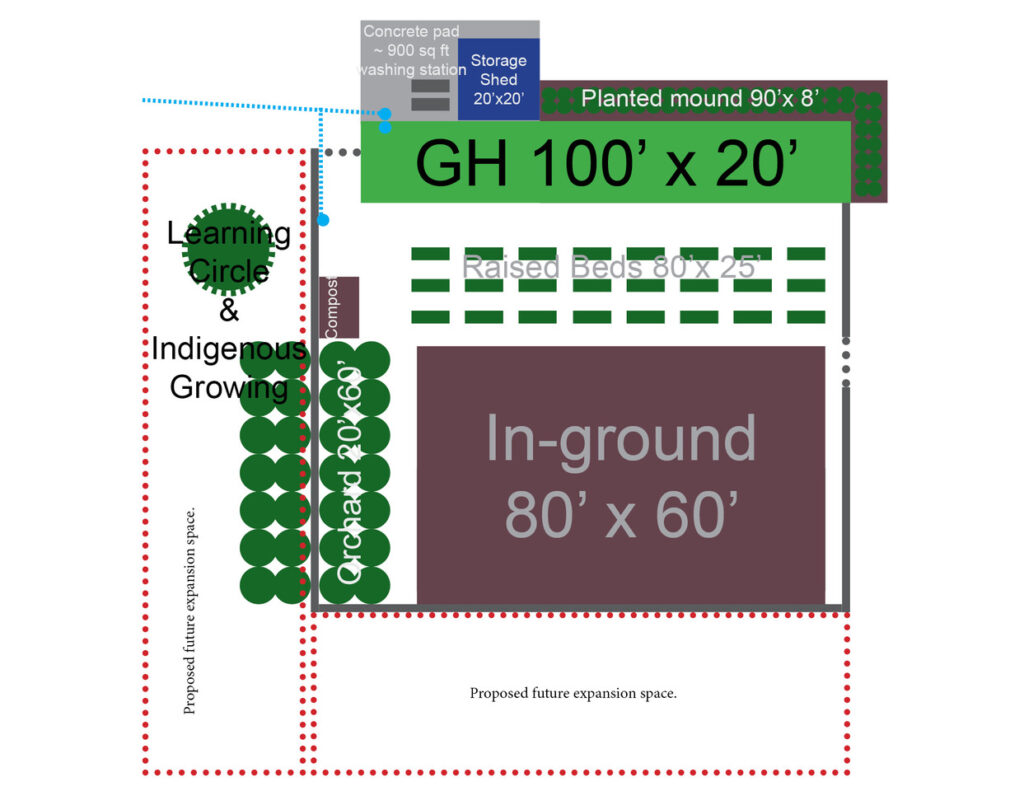






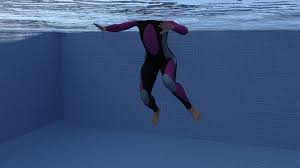
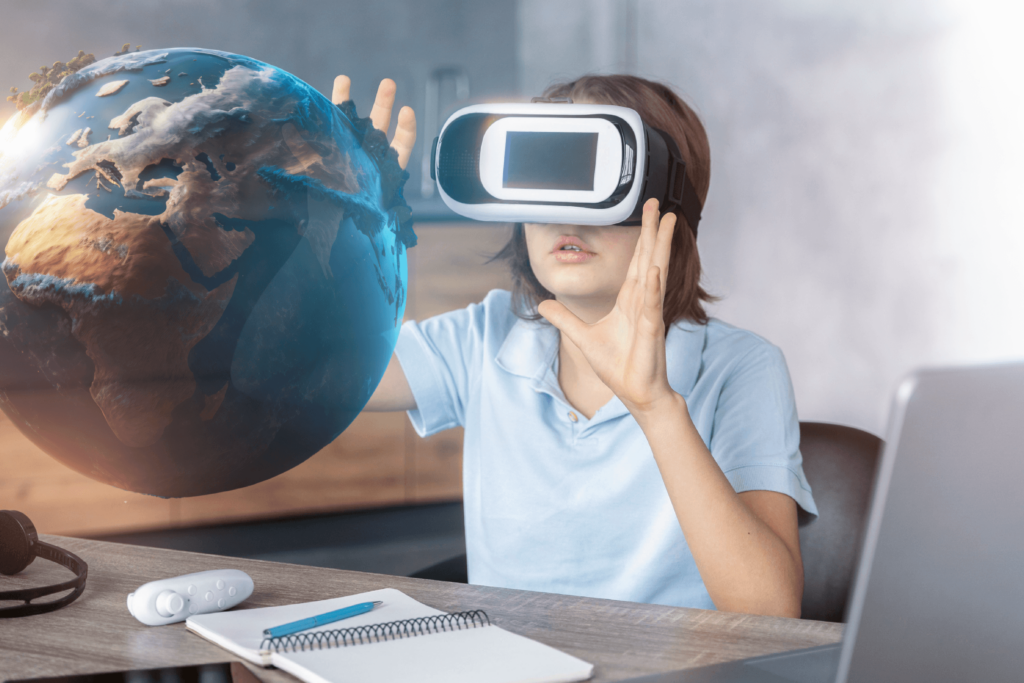




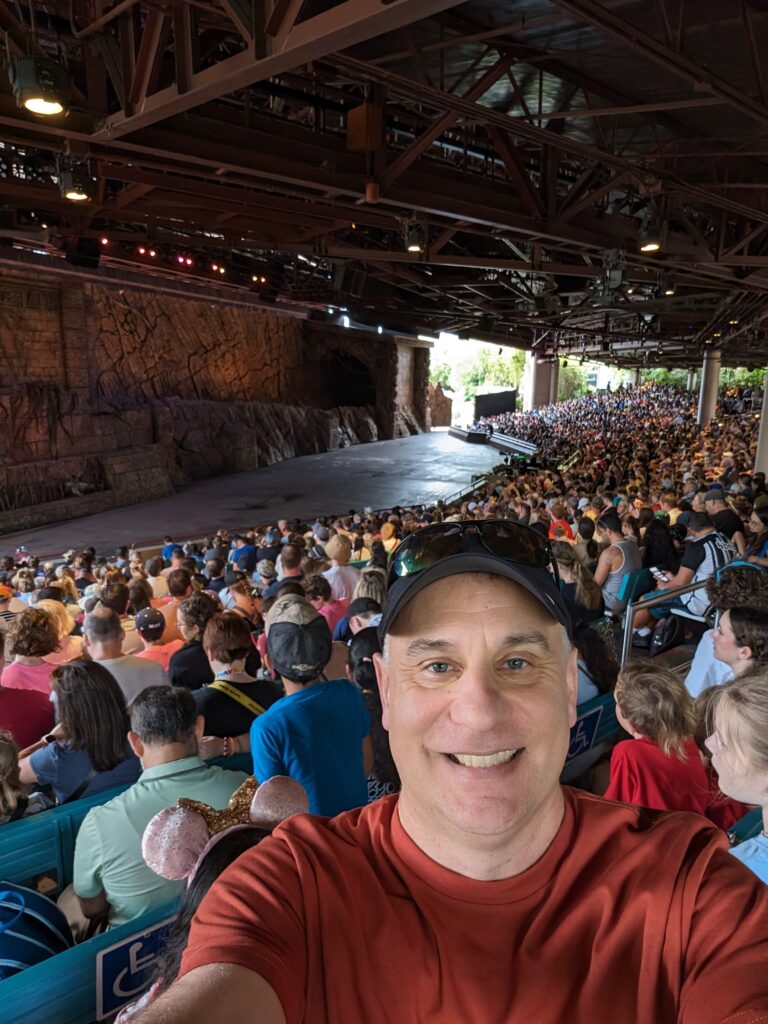







Recent Comments